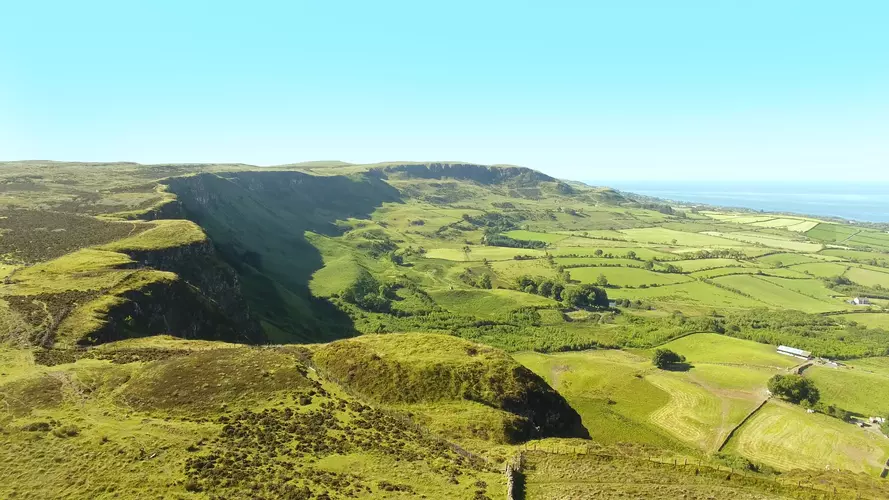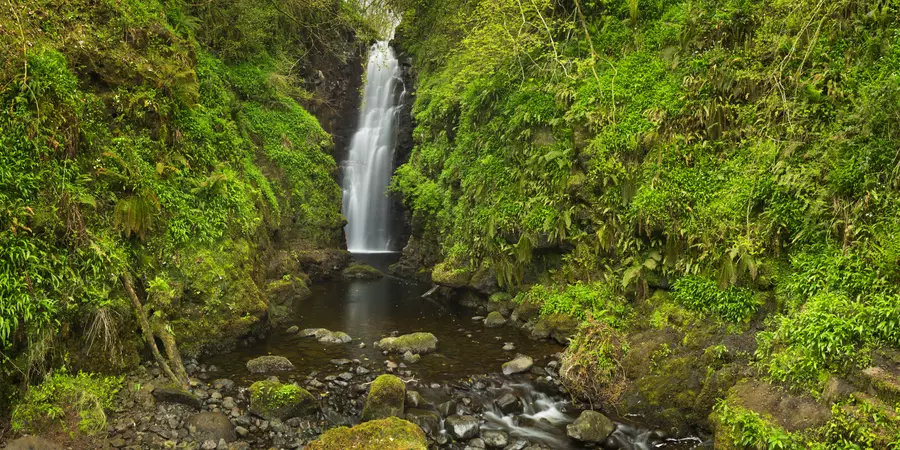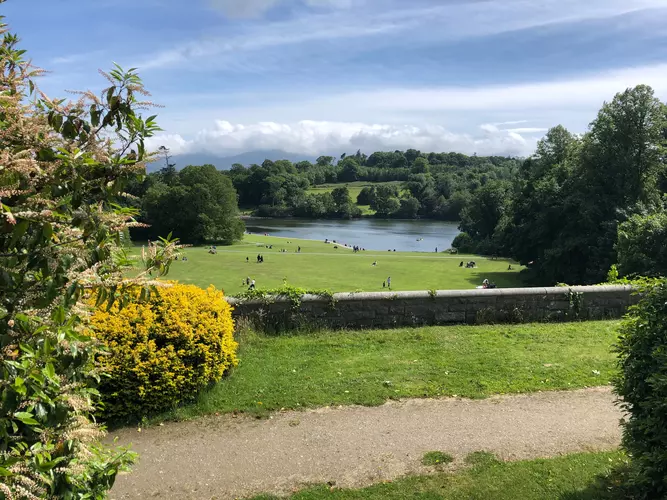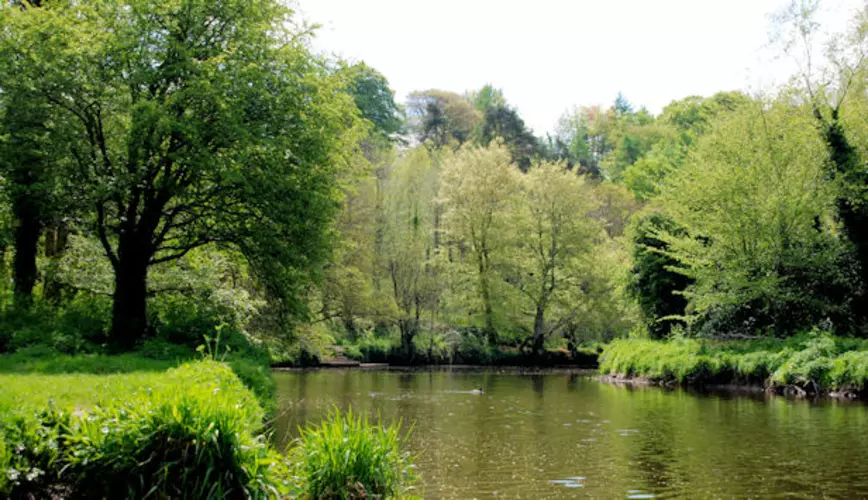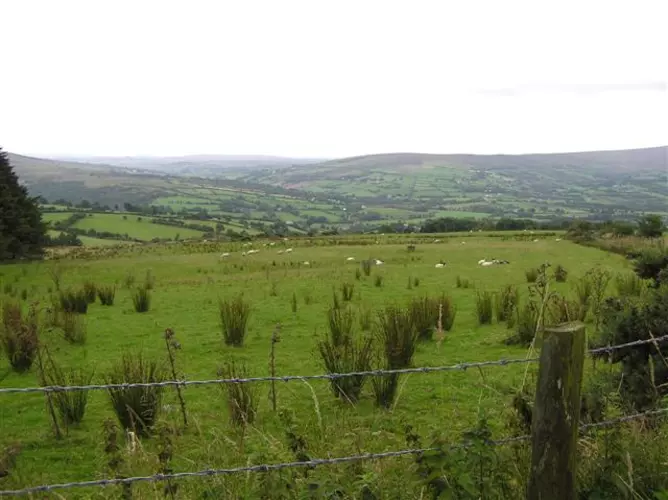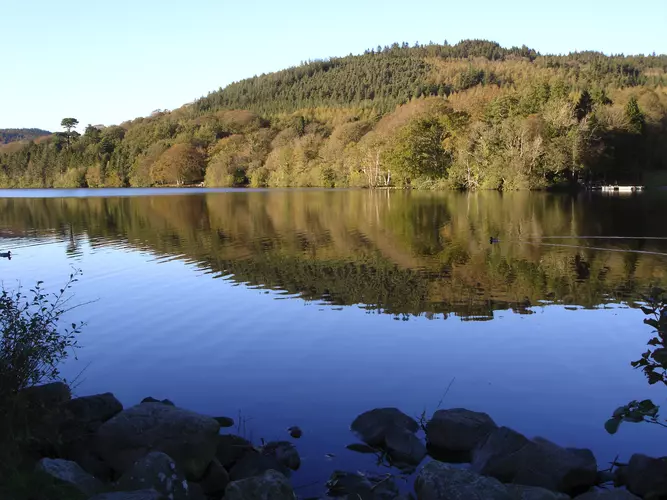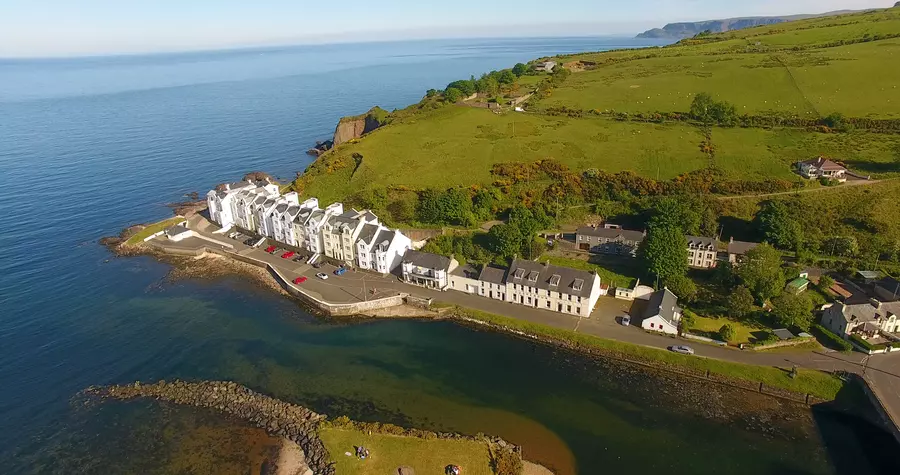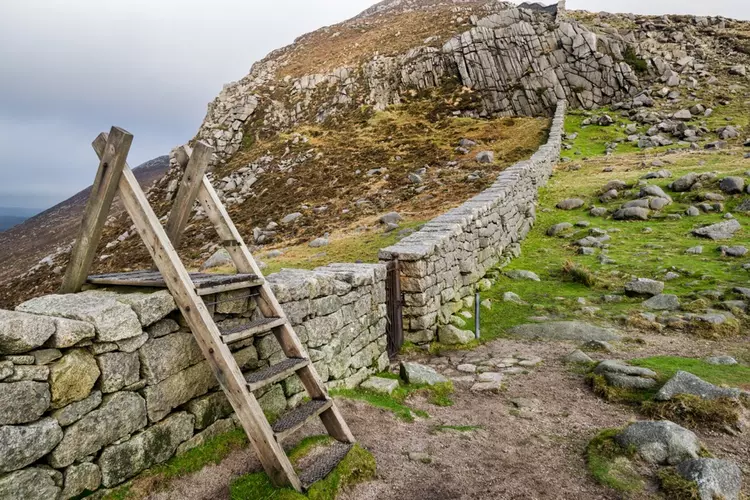Best canyon hikes in Northern Ireland
Ready for some outdoor fun? These hikes offer everything you could want for an unforgettable adventure!
Here are some great hikes to explore in Northern Ireland.
Most popular hikes
Reviews for canyon hikes in Northern Ireland
No reviews available for Cuilcagh Way.
No reviews available for Sallagh Braes.

SummitSeekerLoUK · reviewed 4 months ago
Mixture of trails and road, very easy to navigate. Great views but a bit exposed in the wind and rain. There are a few free roaming dogs at the farmhouse at the start of the trail who will bark and follow you for a bit which was unpleasant. Otherwise a nice quiet trail. very convenient car park and public toilets at the trailhead.
No reviews available for Cranny Falls.

Frequently asked questions for hikes in Northern Ireland







